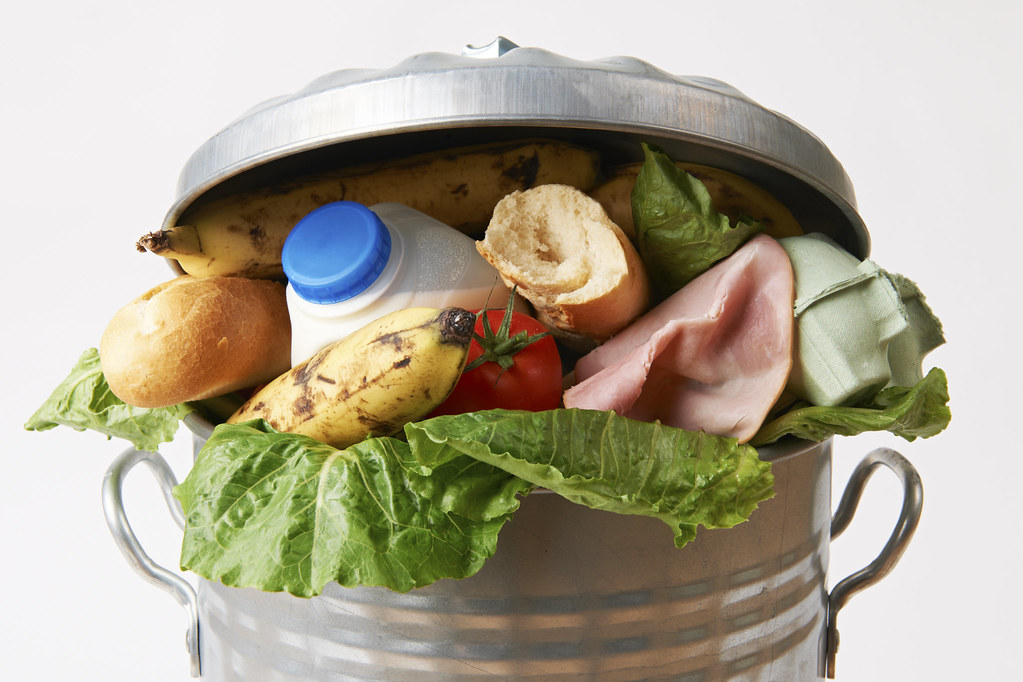Environmental degradation is an undeniable problem today. There are countless way in which us humans are harming our lovely planet Earth, but thankfully, there are some things we can do. The “think globally, act locally” motto has probably been repeated a million times but that does not make it less relevant.
One of the many ways in which we can address our impact on the environment — in terms of carbon emissions or the amount of land our lifestyles require — is by cutting down our ecological footprints.
Ecological footprints are a measure of how much land and water is required to produce everything one consumes and to “absorb” the waste they produce. Though it does not consider everything, it roughly tells you what the repercussion of your lifestyle and consumption patterns is on the environment.
It is calculated in global hectares (gha) per capita. The average Canadian requires 8.2 gha, almost the same as the typical American (as of 2012). This compares to a global average of 2.8 gha.
While this is determined by many factors, an important one is definitely what and how you eat. A lot about our ecological footprints revolves around food.
1. Go vegan

The top two most “eco-unfriendly” foods are lamb and beef. Pork, chicken and turkey follow closely. The amount of land, water and energy needed to produce one kg of any of these foods is pretty high. Put in perspective, producing 1 kg of lentils releases 30 times less CO2 than the same amount of beef.
A study based on average calorie consumption in America with different diets found that the ecological footprint of an average vegan diet is under half of that of a “meat lover” and also considerably less than common diets. Given that for many abandoning chicken, beef, turkey and others altogether, just giving up beef can significantly reduce one’s footprint.
2. Take it easy on cheese and dairy

Most dairy comes from cows and we already know producing beef uses a lot of resources. While not as bad as beef, certain dairy products, especially cheese, are pretty resource-intensive. Producing one kg of cheese releases 13 times more CO2 than its equivalent in fruits. Although ranking high, its impact is almost half of beefs, so having cheese occassinally would not be too bad. Milk however is way less intensive in its production, ranking close to vegetables and beans.
3. Do not waste

About 40% of food produced annually in Canada ends up as waste. Estimates say a typical household wastes the worth of $28 in food every week. Though it might be impossible to completely cut food waste, lowering it is clearly possible.
You can potentially reduce the food you throw away by planning what you need to buy (make a list), using leftovers, checking the expiration date of your food to make sure you eat it before, planning your menu for the week in anticipation and serving smaller or appropriate portions to make sure you can eat it all.
4. Beware of packaging

Many foods come with heavy packaging these days. This is problematic because it uses more resources to be produced. But added to this, the boxes or plastics in which foods are found are not recyclable, increasing the burden on the environment. So try getting products that are packaging free like fresh fruits and vegetables and look for items in recyclable or reusable containers.
5. Organic

To all the organic-food lovers out there, eating this way can also reduce the stress on the environment. Given that inputs are natural and artificial pesticides and fertilizers are not used, the impact on the land is way milder. It becomes more unlikely to be eroded and damaged and eventually unproductive.
Besides, artificial inputs in non-organic farms are commonly made of fossil fuels, thus adding to greenhouse gas emissions into the atmosphere, unlike organic foods.
6. Where did that come from?

Food today travels around the world. That means, transport is required which means more greenhouse gases are released. It is better to buy locally produced food or food that has been grown close to home to avoid greater greenhouse gas emissions. You should, however, be careful with this given that in some cases buying food from abroad can even have a lower footprint due to production processes, so be informed about what you buy.
7. Eat as much as you actually need

Also very important to cutting your footprint is cutting your food intake. Overindulging in food not only feels bad for the stomach but also for the environment. The logic here is pretty simple. If you often eat more than what makes you satiated then you are consuming more resources than necessary and you will probably buy more food, furthering the cycle. This is why it is better to plan your meals in advance and keep them to reasonable sized portions. Consulting a nutritionist is also recommended to get a clear idea of how many calories you need to consume daily.
So if these ideas are not too difficult to carry out, please go ahead and make some changes in your life. While the environmental crisis we face is not going to be simply solved by lowering our individual footprints, it is an important initial step. One of the ways in which we can address the roots of the damage we are causing in nature is to change our lifestyles. Step by step we can learn to live in more harmony with our surroundings.

